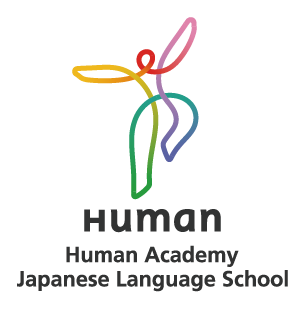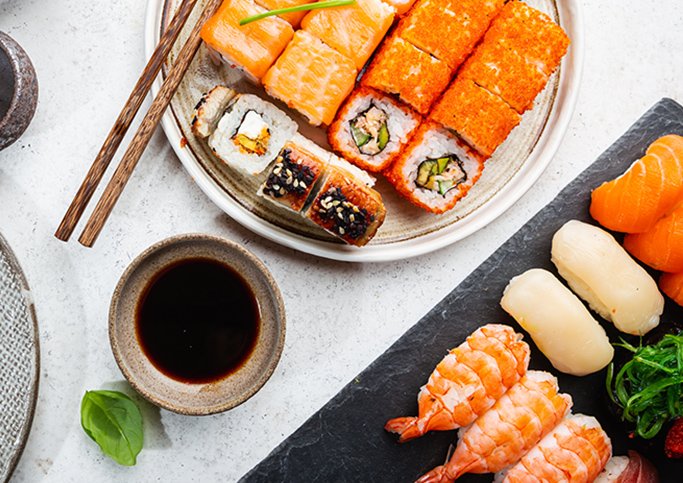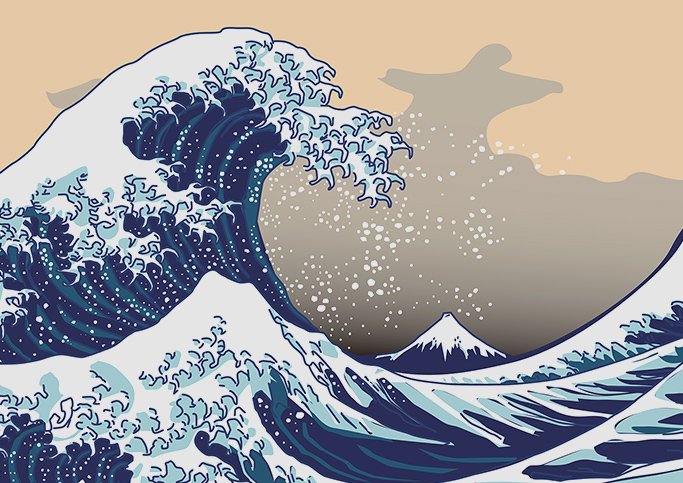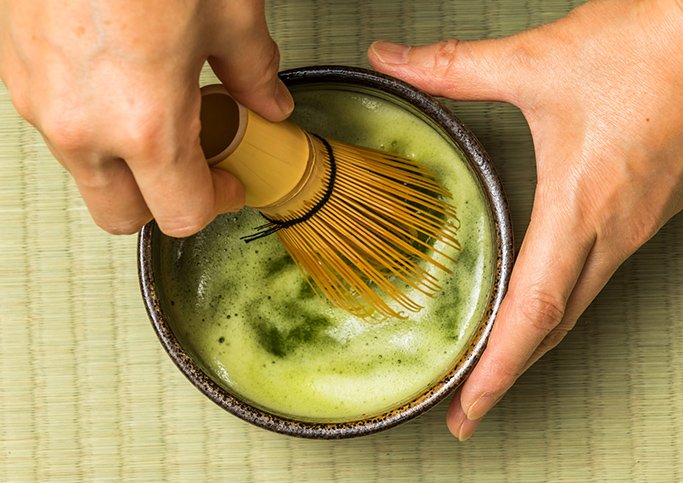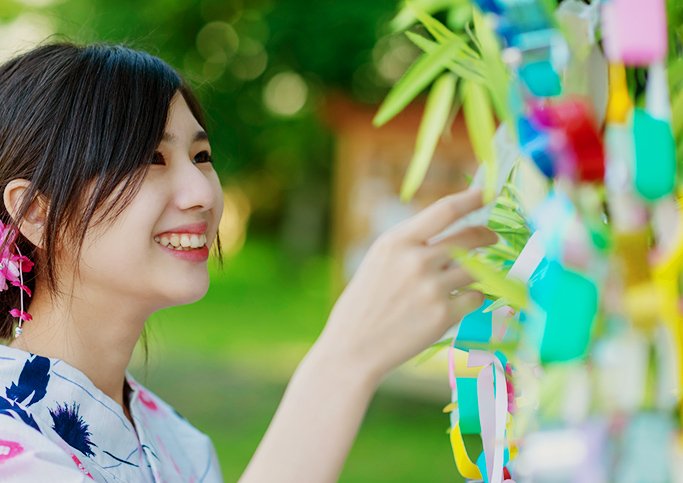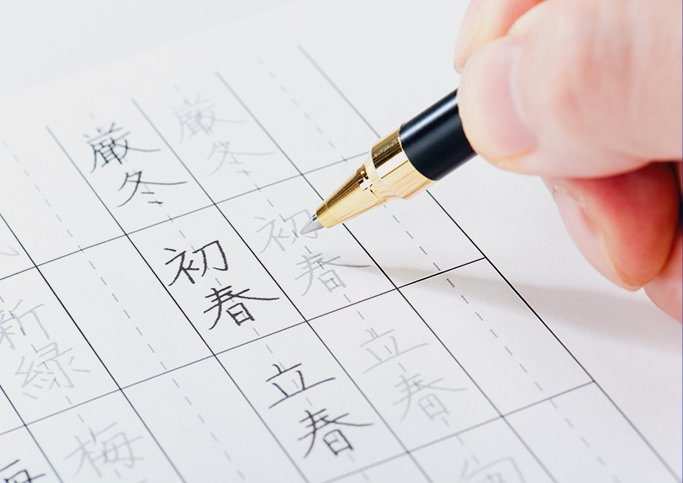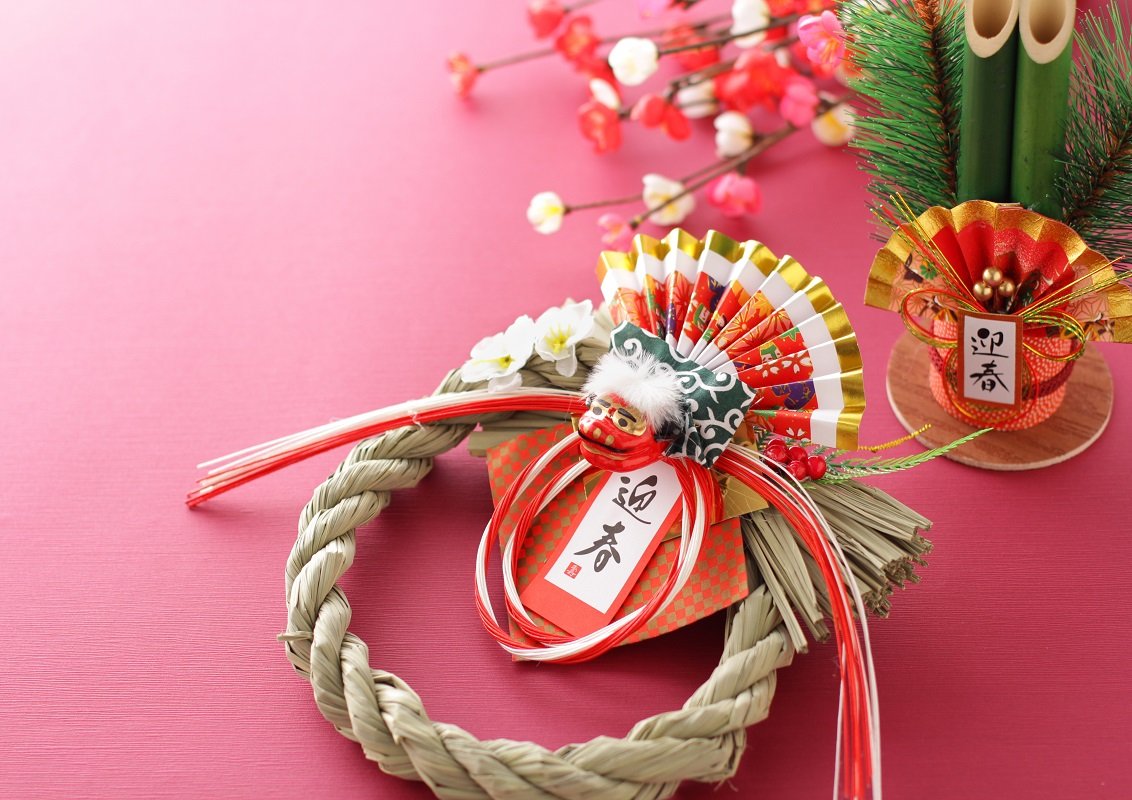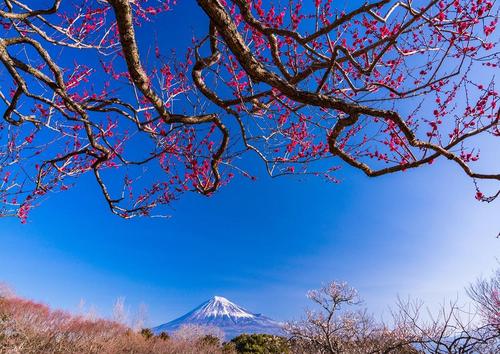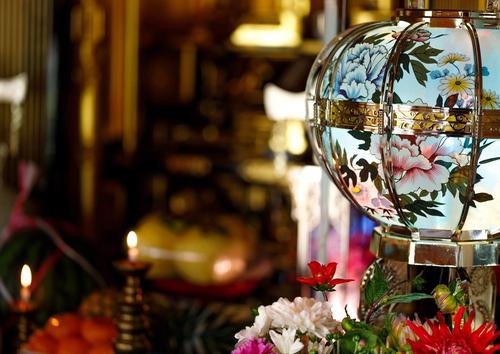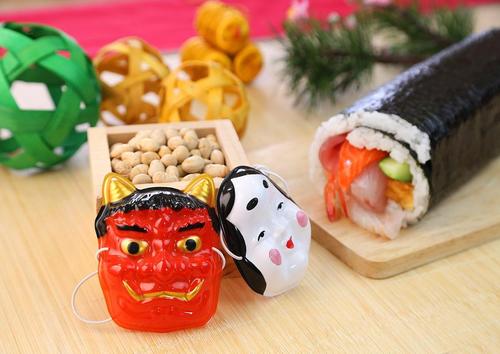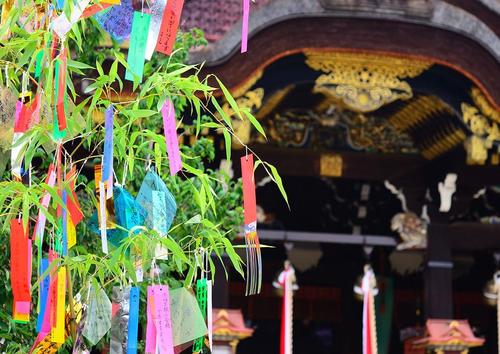
season
haru / natsu / aki / fuyu … Expressions of seasons in Japanese
7/ 9/2021
Japan is famous for having four distinct seasons. In fact, do you know that there are other Japanese expressions for the seasons besides “春” (haru), “夏” (natsu), “秋” (aki), and “冬” (fuyu)? In this article, we will introduce some Japanese expressions related to the seasons.
1. 春 (haru)
The word “春” (haru) means “spring.” Spring in Japan is between March and May. In spring, the temperature starts to rise gradually from the cold winter months, making it more comfortable. In spring in Japan, cherry blossoms are in full bloom and beautiful scenery can be seen.
Example
もうすぐ春ですね。
Mōsugu haru desu ne.
It's spring soon.
2. 夏 (natsu)
The word “夏” (natsu) means “summer.” Summer in Japan is from June to August, when the temperature rises above 30 degrees Celsius, and sometimes above 35 degrees Celsius. Summer in Japan is hot and humid, so sultry days continue.
Example
今年は暑い夏になりそうですね。
Kotoshi wa atsui natsu ni nari-sō desu ne.
It's going to be a hot summer this year.
3. 秋 (aki)
The word “秋” (aki) means “autumn.” Autumn in Japan is between September and November. The temperature gradually drops from summer, and the season becomes comfortable again. In autumn, you can see the beautiful scenery of autumn leaves.
Example
秋になったら紅葉狩りに行きましょう。
Aki ni nattara momijigari ni ikimashou.
Let's go see the autumn leaves in the fall.
4. 冬 (fuyu)
The word “冬” (fuyu) means “winter.” Winter in Japan is between December and February. The temperature is low and it is a cold season. In some areas, snow piles up above human height.
Example
日本の冬は寒いですね。
Nihon no fuyu wa samui desu ne.
Winter in Japan is cold.
In Japan, there is a term for the seasons called “二十四節気” (nijūshisekki). “二十四節気” (nijūshisekki) divides the year into spring, summer, autumn, and winter, and each season is further divided into six. Each of the 24 seasons has its own name and is sometimes listed on Japanese calendars. In this article, we would like to introduce some of the famous “二十四節気” (nijūshisekki).
5. 立春 (risshun)
“立春” (risshun) is one of the “二十四節気” (nijūshisekki), which means the beginning of spring around February 3rd. Although “立春” (risshun) marks the beginning of spring, February is still cold in Japan. For this reason, the phrase “暦の上では” (koyomi no ue dewa), meaning “according to the calendar,” is often used to explain that “立春” (risshun) is the beginning of spring.
Example
立春になると、暦の上では春です。
Risshun ni naru to, koyomi no ue dewa haru desu.
When risshun (the first day of spring) arrives, it is spring according to the calendar.
6. 立夏 (rikka)
“立夏” (rikka) is one of the “二十四節気” (nijūshisekki), which means the beginning of summer around May 5.
Example
立夏を過ぎたら、夏が来る準備をしましょう。
Rikka wo sugitara, natsu ga kuru junbi wo shimashou.
After rikka (the first day of summer), get ready for summer.
7. 立秋 (risshū)
“立秋” (risshū) is one of the “二十四節気” (nijūshisekki), which means the beginning of autumn around August 7.
Example
立秋を過ぎたら、残暑見舞いを書きます。
Risshū wo sugitara, zansho mimai wo kakimasu.
After risshū (the first day of autumn), I will write a post card for the late summer.
8. 立冬 (rittō)
“立冬” (rittō) is one of the “二十四節気” (nijūshisekki), which means the beginning of winter around November 7.
Example
立冬になると、冬の気配が近づいてきます。
Rittō ni naru to, fuyu no kehai ga chikazuite kimasu.
With rittō (the first day of winter), the signs of winter are approaching.
[日本のことが気になる?一緒に日本語を学びませんか?]
9. 春分 (shunbun)
“春分” (shunbun) is one of the “二十四節気” (nijūshisekki), which means that around March 21, the daytime and nighttime are the same. After this day, the daytime becomes longer than the nighttime. In Japan, there is a national holiday called “春分の日” (shunbun no hi).
Example
明日は春分の日で、お休みです。
Ashita wa shunbun no hi de, o yasumi desu.
You are off tomorrow. Because it's Vernal Equinox Day.
10. 夏至 (geshi)
“夏至” (geshi) is one of the “二十四節気” (nijūshisekki) when daylight hours are at their longest on June 21. After this day, the daylight hours gradually become shorter.
Example
夏至を過ぎれば、少しずつ夜が長くなっていきます。
Geshi wo sugireba, sukoshizutsu yoru ga nagaku natte ikimasu.
After the summer solstice, the nights get longer little by little.
11. 秋分 (shūbun)
“秋分” (shūbun) is one of the “二十四節気” (nijūshisekki) when the daytime and nighttime become the same again around September 23. After this day, the nighttime gradually becomes longer than the daytime. In Japan, there is a national holiday called “秋分の日” (shūbun no hi).
Example
秋分の日には、お墓参りに行きます。
Shūbun no hi ni wa, o haka-mairi ni ikimasu.
I go to visit the grave on Autumnal Equinox Day.
12. 冬至 (tōji)
“冬至” (tōji) is one of the “二十四節気” (nijūshisekki) when the nighttime is the longest. After this day, the daytime hours gradually become longer.
Example
冬至には、ゆず湯に入る風習があります。
Tōji ni wa, yuzu yu ni hairu fūshū ga arimasu.
In Japan, there is a custom to take a yuzu bath at the winter solstice.
In addition to the “二十四節気” (nijūshisekki), there are other words to describe the seasons in Japan, and we will introduce some of them here.
13. 初春 (shoshun)
The word “初春” (shoshun) is a seasonal term meaning “the beginning of spring” around January and March.
Example
ふきのとうは初春の味覚です。
Fukinotō wa shoshun no mikaku desu.
Fukinoto is the taste of early spring.
14. 晩夏 (banka)
The word “晩夏” (banka) is a seasonal term meaning “the end of summer” around August and September.
Example
晩夏の候、夏の暑さもだいぶ和らぎましたが、いかがお過ごしでしょうか。
Banka no kō, natsu no atsusa mo daibu yawaragimashita ga, ikaga osugoshideshou ka.
The heat of summer has eased considerably. How have you been recently?
*It is a seasonal greeting used at the beginning of a letter.
15. 中秋 (chūshū)
The word “中秋” (chūshū) is a seasonal term meaning “the middle of autumn” around September and October. The moon seen on August 15 of the lunar calendar is called “中秋の名月” (chūshū-no-meigetsu), and is currently seen around the middle of September.
Example
中秋の名月がきれいですね。
Chūshū-no-meigetsu ga kirei desu ne.
The harvest moon is beautiful.
16. 初冬 (shotō)
The word “初冬” (shotō) is a seasonal term meaning “the beginning of winter” around November and December.
Example
今日は、初冬を思わせる寒さですね。
Kyō wa, shoto wo omowaseru samusa desu ne.
Today, it is a cold reminiscent of early winter.
There are various expressions such as “立春” (risshun), “春分” (shunbun), and ”初春” (shoshun) even in the same spring. The temperature and weather change little by little, so you can't say “it's spring from today.” Please enjoy the vague and delicate Japanese expressions created by this change. There are other words to describe the seasons, such as “大寒” (taikan) and “大雪” (taisetsu), but do you know what they mean?
If you are interested in the Japanese language, why don't you sign up for a free membership to Human Academy Japanese Language School Plus. You can experience practical Japanese lessons by experienced teachers for free.
CATEGORIES
FEATURED TAGS
RECOMMENDATION
-
 報BUSINESS TERMS
報BUSINESS TERMSWhat is ”Ho-Ren-So”, one of the basic manners when working in Japan?
10/30/2020
-
 伝WORDS & GRAMMAR
伝WORDS & GRAMMARWhat is easy Japanese?
10/30/2020
-
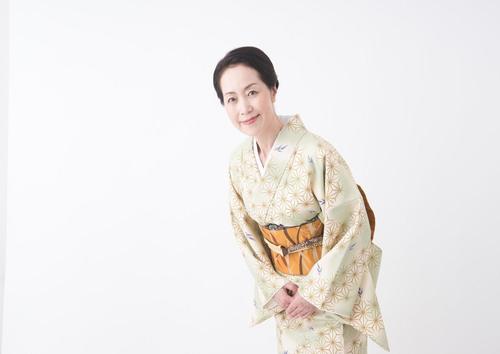 礼MANNERS
礼MANNERSJapanese greeting customs and origins. What are the greetings from other countries?
10/30/2020
-
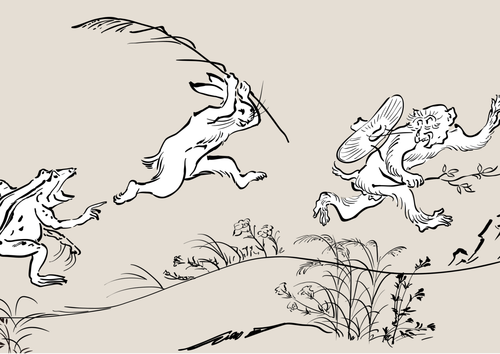 戯COMIC & GAME
戯COMIC & GAMEThe roots of animation and manga? Introducing bird and beast caricatures
10/30/2020
-
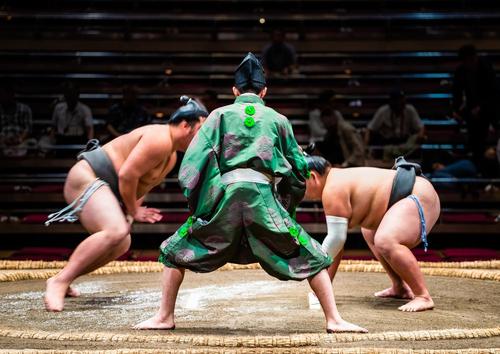 戦SPORTS
戦SPORTSThe history of sumo goes back to the mythical world! ?? Transition from myth to modern times
10/30/2020
LET’S PLAY
KARUTA!
Do you know the meaning of this...
NEXT...
FURTHER EXPLORATION
INTERESTED
IN JAPAN?
WHY DON’T YOU
LEARN JAPANESE WITH US?
START LEARNING
JAPANESE
WITH HUMAN ACADEMY!
ONE OF
THE MOST POPULAR
JAPANESE
LANGUAGE SCHOOLS
JAPANESE
LANGUAGE SCHOOL
OFFERING EXCELLENT
DETAILED LESSONS

ONLINE SCHOOL
- Learn with your classmates from all over the world
- Variety of Courses for All Needs
- FREE Trial Lesson available

TOKYO, OSAKA
- Offer the Best Curriculum for You
- Make New Japanese Learning Friends
- Many Opportunities to Practice Japanese
MAKE FURTHER
STEPS
WITH HUMAN ACADEMY!
ONE OF
THE MOST POPULAR
JAPANESE
LANGUAGE SCHOOLS
JAPANESE
LANGUAGE SCHOOL
PRODUCING MANY
JLPT N1 CERTIFIED
STUDENTS!

ONLINE SCHOOL
- Learn with your classmates from all over the world
- Variety of Courses for All Needs
- FREE Trial Lesson available

TOKYO, OSAKA
- Support Your Higher Goal of Japanese Learning
- Perfect Environment for Japanese Learners
- Learn with Your New Japanese Study Mates


